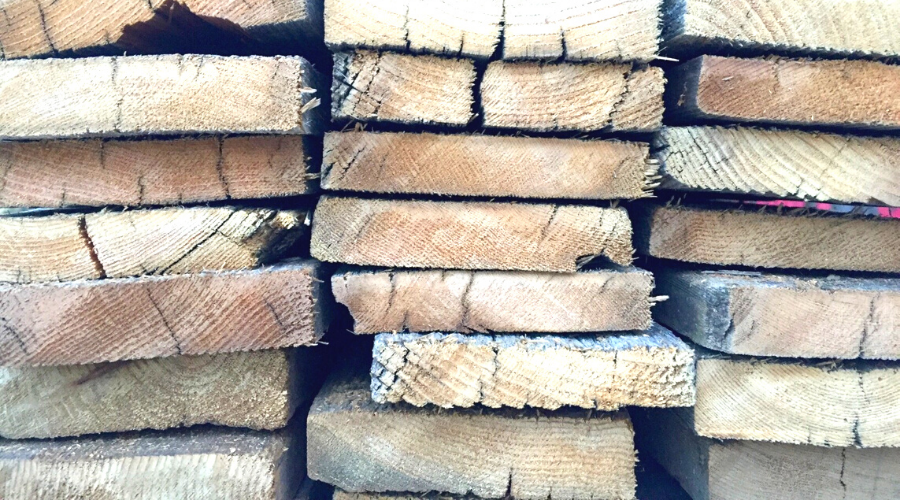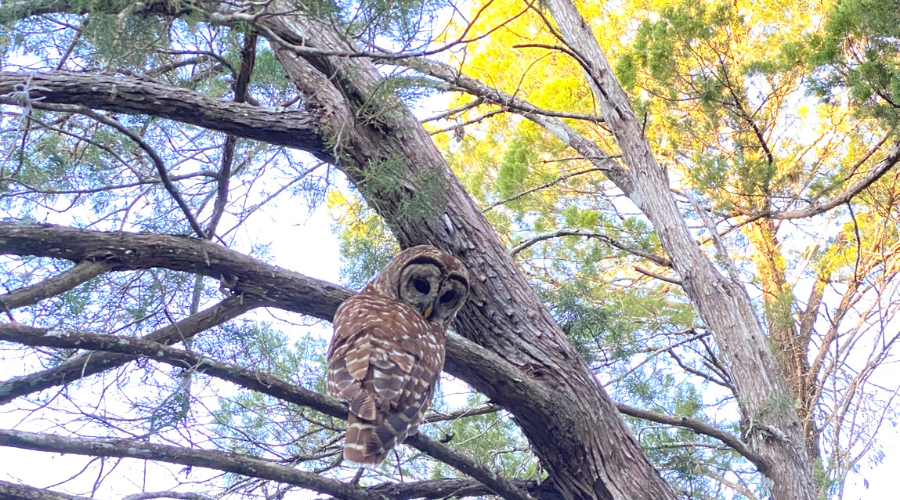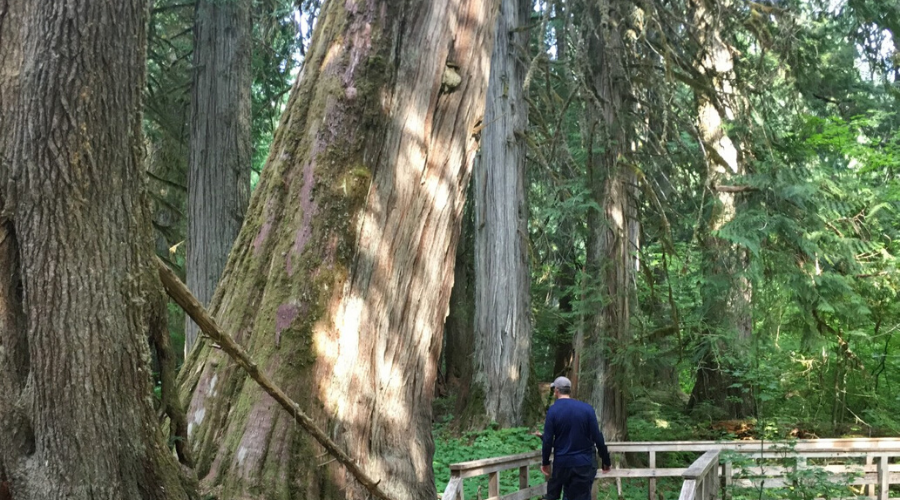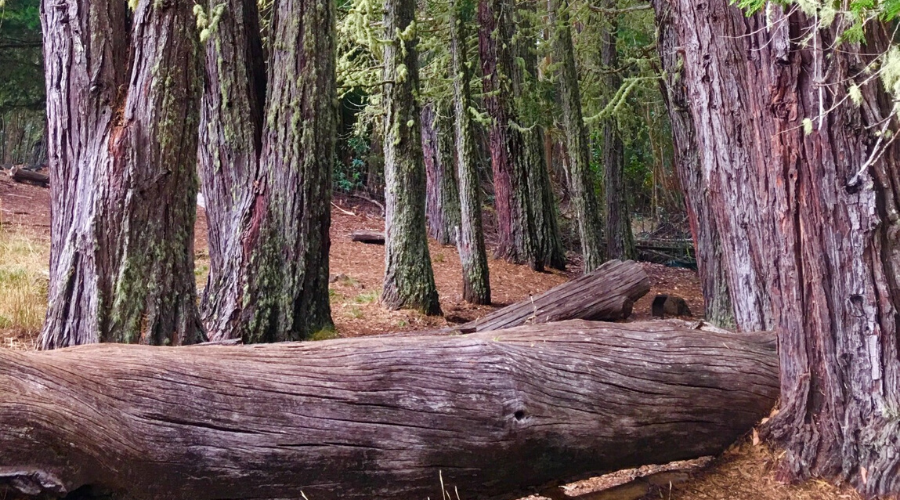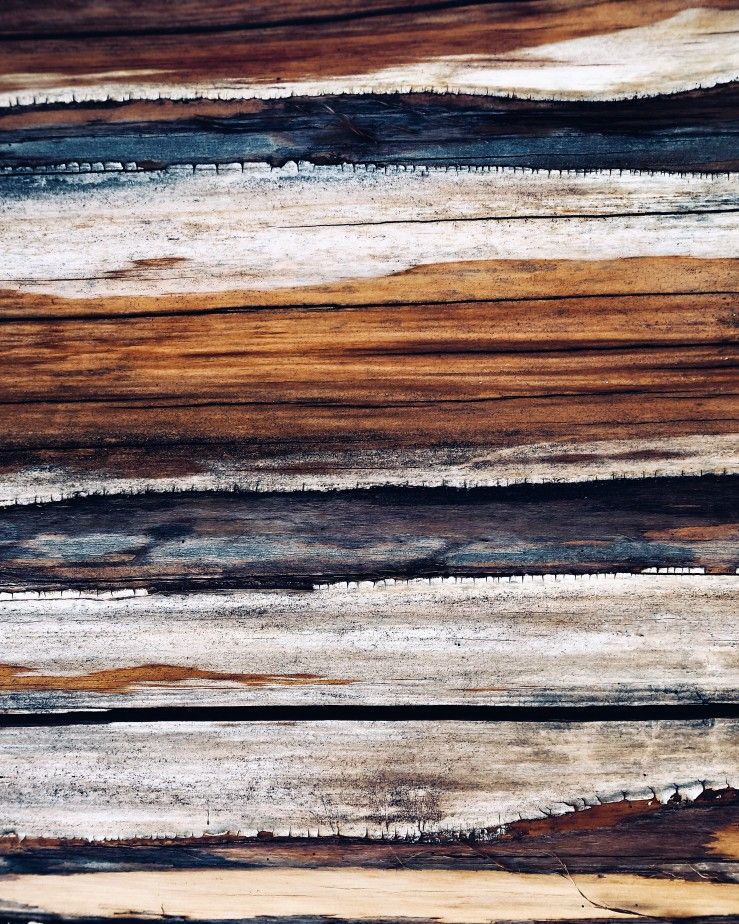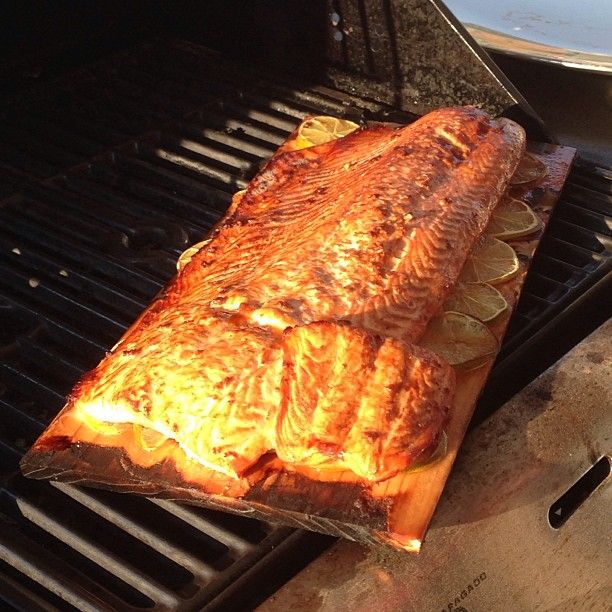Cedar is among our favorite firewood choices. It burns long, hot, and smells lovely. Here is a bit more information on each of Cedar's most common varieties. If you’ve got a load of Cedar curing on the rack and are curious about whether it’s good to heat your home, toss on the campfire, or put in your smoker, you’re in the right place. Here’s everything you’ve ever needed to know about burning Cedar for firewood, all in one place.
Cedar Firewood Details
BTU: 13.0-18.2 million BTU per cord
Weight: 2950-3193 pounds green/ 2060-2632 pounds dry
Seasoning Time: 6-12 months
Resin / Sap Content: High
Splitting Difficulty: Easy-Medium
Smoke: Low-Medium
Smell: Slight, pleasant
Cedar Firewood Varieties
Barred owl perched on the limb of an Eastern red cedar tree.
Eastern Red Cedar
BTU: 13 million BTU per cord
Weight: 3193 pounds green/ 2060 pounds dry
Seasoning Time: 6-12 months
Resin / Sap Content: High
Splitting Difficulty: Easy
Smoke: Low
Smell: Slight
Western red cedar trees in Mount Rainier National Park.
Western Red Cedar
BTU: 18.2 million BTU per cord
Weight: 2950 pounds green/ 2632 pounds dry
Seasoning Time: 6 months
Resin / Sap Content: High
Splitting Difficulty: Medium
Smoke: Medium
Smell: Excellent
Incense cedar grove, Haleakalā National Park
Incense Cedar
BTU: 20.1 million BTU per cord
Weight: 3880 pounds green/ 2350 pounds dry
Seasoning Time: 6-12 months
Resin / Sap Content: High
Splitting Difficulty: Medium
Smoke: Medium
Smell: Excellent
Cedar Firewood Burn Qualities
BTU of Cedarwood
Cedar firewood ranks lower on the BTU scale than more popular firewood types like oak and ash. An average cord of cedar firewood will produce about 15 million BTUs. This is equivalent to 138 gallons of propane.
Since cedar firewood burns hot and fast, using it as the sole wood in your fire will increase the amount of wood your fire consumes. If you plan to use cedar firewood to heat your home, expect to use five or more cords per season.
It’s easy to light cedar firewood. The wood contains a high amount of oil that speeds up the burning process. This makes cedar firewood a low producer of coals. Almost all of a cedar firewood log is volatilized into smoke, leaving little left for coals.
Since Cedar is easy to light but burns quickly, you can maximize the heat produced by mixing it with another firewood variety. Hardwoods like oak or almond can be challenging to light without sufficient kindling. Using cedar firewood is a great way to generate enough heat to get all logs burning.
Seasoning Time of Cedarwood
While Cedar can be seasoned in as few as six months, it’s better to let your cedar firewood season for nine months. Cedar logs can have 55-percent moisture when first harvested. Ideally, you should burn cedar firewood when the internal moisture content is less than 20 percent.
Some cedar firewood varieties will need to season for a year to reach the ideal internal moisture content. However, cedar seasons much more quickly than other hardwoods like oak or almond.
Green cedar firewood will still light quickly due to the high oil content of the wood. However, the fire will sputter and spark significantly, while also burning at a cooler temperature than seasoned wood. It’s easy to season your cedar firewood. Simply stack the firewood logs off the ground with at least 2-3 feet of space around the stack to maximize airflow. You should protect firewood from getting wet with rain, but make sure to keep cut edges exposed to air.
Be careful not to over-season cedar firewood if it is the only wood you’re using in your fire. Cedar firewood should always have more than 10-percent moisture content when you’re using it for firewood. Cedar firewood that is too dry is very volatile and can easily create a dangerous fire that gets out of control. Mixing Cedar with hardwood firewood is an excellent way to make a safer fire.
Looking for the perfect storage for your firewood this winter? Have a look at these firewood rack reviews that we recently posted.
Cedar Firewood Resin / Sap Content
Cedar trees are a member of the coniferous pine family of trees. Conifer trees produce a significant amount of resin. In comparison, it’s rare for a deciduous hardwood, like oak, to have polish. The high resin content of cedar firewood makes it easier to light on fire. However, it does create a more volatile fire.
There are pockets of resin hidden within cedar firewood that spark and pop when burned. You need to use a fire screen to prevent rogue embers and sparks from escaping your fireplace when burning cedar firewood.
Despite the high resin content, cedar firewood is typically easy to split. Green and seasoned cedar firewood split with low to moderate difficulty. This is an advantage compared to other high-resin woods that are very difficult to break when green.
Cedar Smoke
Wet wood always creates more smoke when burned than dry wood. Well-seasoned cedar firewood will start a clean-burning fire that produces a moderate amount of smoke. It has a fire that efficiently burns volatilized compounds at high heat. If you want to minimize smoke from your fire, always burn firewood with less than 20-percent internal moisture content.
You need to be careful of creosote build-up when burning cedar firewood. The wood's high resin and oil content will cause creosote to build up faster than other woods. If you are frequently burning cedar firewood, you should clean your chimney once per year. This will prevent creosote deposits from building up too much and creating a fire risk.
Cedarwood Smoke Smell
Cedar has one of the most recognizable smells. It is a scent that is used in perfumes and cleaning supplies. When burning cedar firewood, you can expect a pleasant smelling fire that permeates the room. Eastern and western red cedar smell earthy, rich, with a slight citrus note. Incense-cedar is more woody, like a freshly sharpened pencil. Incense cedar wood is used to make many pencils.
Some varieties of Cedar produce more scent when burned. If you are looking for a high fragrance producing cedar, consider purchasing incense cedar or western red cedar firewood. These logs produce a more intense fragrance when burned. Eastern red Cedar can be a good option for those looking for a more subtly scented cedar fire.
Common Questions About Cedar Firewood
Is it safe to burn cedar firewood indoors?
Cedar is often described as volatile firewood because it has a high oil content mixed with resin. When the wood is heated, gases are released inside the wood causing smaller pops and larger explosions. These explosions can cause embers and sparks to escape the fire, putting your hearth, floor, and home in danger. You can burn Cedar indoors, but you must have a firescreen in place or burn the wood in a closed wood stove. It’s also a good idea to mix Cedar with another type of firewood, such as oak, to reduce the number of sparks.
Is cedar wood good for cooking or smoking?
Yes, Cedar is an excellent wood for smoking food. Many cooks enjoy the aroma and flavor the smoke imparts into the food. However, you shouldn’t burn Cedar in your smoker due to the wood's high oil and resin content.
When cedar burns, these compounds are released into the smoker and can create an odd taste in your food. To flavor food with cedar smoke, use a cedar plank. This will flavor the food without burning the Cedar and releasing volatile compounds.
It’s not recommended to use Cedar as firewood for cooking. It’s very difficult to create a consistent bed of coals, resulting in large temperature swings when cooking.
Even if you cook food fully covered, the compounds released when cedar burns could create unpleasant flavors in your food. It’s better to use a hardwood like oak or almond if you want to cook with fire.
When should I purchase firewood?
It’s usually best to purchase firewood at least one season before you need it. This allows ample time to season the wood before you need to burn it. You can purchase seasoned wood, but prepare to spend more than you would to purchase greenwood.
Wood harvested in the winter months has less moisture content than wood harvested in the spring or summer. This will shorten the time required to season your firewood, which is another great reason to plan and buy your firewood early.

